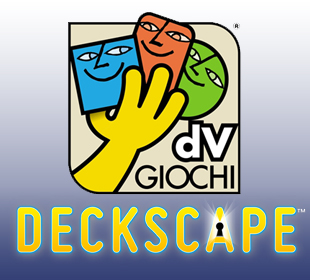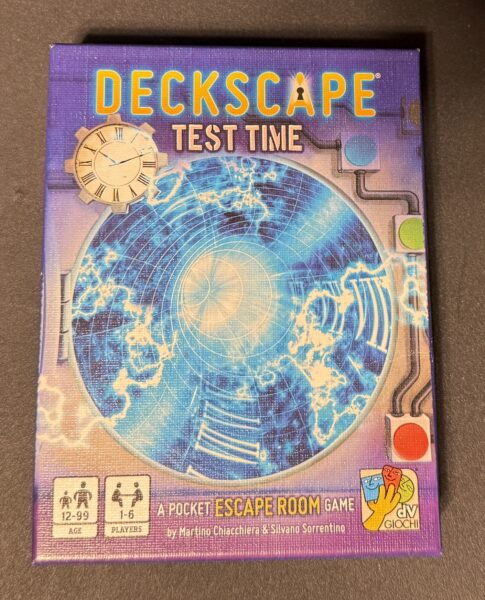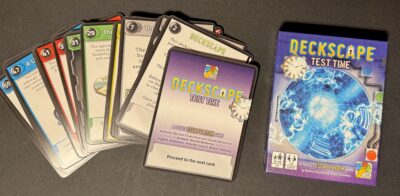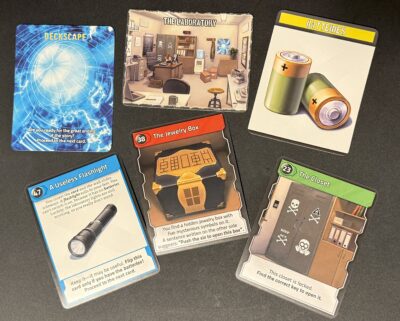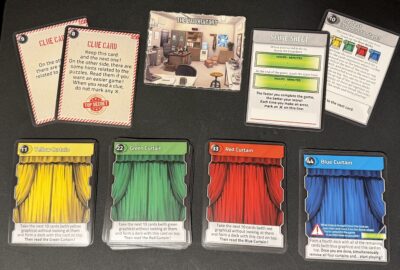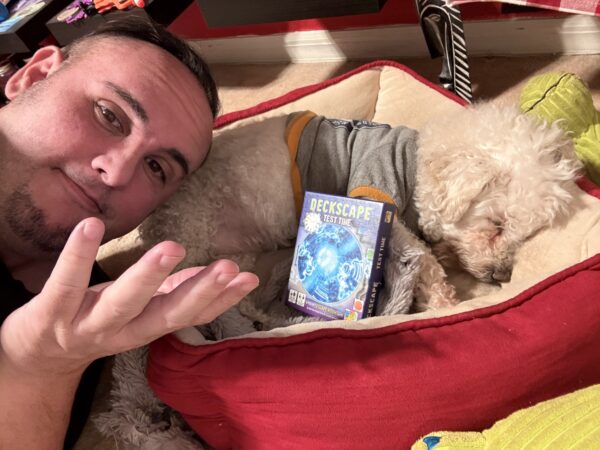RATING: 0 Keys RESULT: Win REMAINING: 20:28
If only we could travel back in time to before ever playing this game.


“Welcome to my laboratory! You have been selected from my most brilliant students for a special project. I’ll test your skills, and if you succeed, you’ll get a unique chance to help me with my newest and greatest invention! Do not waste time and work together, or you’ll fail this exam!”
Doc Thyme wants to put your skills to test: will you be up to the challenge? While Doc explains his project, he accidentally pushes a button: an alarm goes off, and heavy shutters descend on the ways out, sealing the lab. Doc falls into a trap door and the room falls into darkness. Are you able to solve the unique puzzles of the room and find a way out in time?
Framed as a story about finding qualified test subjects for a time travel experiment, what you see above is basically where that narrative both begins and ends. What follows is tasks so loosely themed that they often feel better suited for a demo game.
Time Test attempts to imply that test subjects’ actions matter by leaving them with a choice in the end. From the best of our deduction, there’s very little weight to any particular section; despite multiple versions of the ending card, they largely reach the same climax. Worse, there’s not really a way to determine what you’re expected to pick, making this whole thing little more than a shot in the dark.

As we’ve touched on previously, being a home game, we define “Scenic,” from a graphic design perspective, as well as the quality, weight and feel of print materials inside the box.
We mentioned that dV Giochi goes the route of fully card-based escape home games. Deckscape is larger than a traditional playing card – measuring in at nearly 4.5″ tall by 3.5″ wide. The print materials are decently thick and have a satisfying, glossy finish to them.
Although each card is illustrated, their graphics are a bit on the bland side. Perhaps this is a lack of creativity to bring the (attempted) storyworld to life, or perhaps its due to many of the tasks themselves feeling generic. Whatever the reason, the result was a deck of cards that did very little to evoke a sense of immersion.
Pass.
Oh, this section is required? Fine then. We’ll start with what’s good, or, at least, what seemed like it was going to be good. From the beginning, it would seem as though Deckscape opted for a non-linear flow, wherein each of the four paths could be completed in any order (or simultaneously if playing with a team.) But here’s the problem: Test Time was non-linear until it wasn’t, and there was really nothing to indicate that design flow was no longer in play.
The result was hitting multiple brick walls at full speed before finally getting so frustrated that the only viable path forward was to read the solution and simply try to reverse engineer how the game intended for us to have reached it. Like a wicked bait and switch, the first few puzzles seemed logical enough, and dare we say even on the easy side. And then dV Giochi woke up and chose violence, as the kids say. (Do the kids still say that?)
In rapid fire, puzzle after puzzle after puzzle after puzzle resulted in “guess it’s time to check the solution sheet again.” Two thirds or so of the way through the game, it became difficult to even care enough to reverse engineer things anymore. Somehow still, it got worse than that, with tasks that felt like tedious busy work we weren’t even interested in trying.

We aren’t sure if you can technically ‘walk out’ of a home game, but the truth is Test Time brough us very close to finding out. It’s impossible to enjoy something that is so broken by design – and not fun in the process – that you don’t even want to put the effort into continuing.
At Home experiences like this one always raise a flag, because if Deckscape was somehow a person’s first introduction to escape games, they’d very likely walk away saying “Oh, is that what escape games are? Well I guess I don’t like them then” – and potentially never try one again. Simply put, games this frustrating can be a liability to the industry as a whole.
We’ll end with this – if you’ve not read other At Home game reviews, it’s important to understand there are actually really fantastic and engaging examples that use this deck of cards only style. While it may seem like that couldn’t work on paper, and thus become one’s first guess as to what made Deckscape so bad, please understand that is not the case. This is the second game we’ve tried from the brand leading to consistent results. Deckscape is bad because Deckscape is bad.
*Montu, Escape Authority’s VP, Dog Business™ and lead home game correspondent endorses the opinions found within this review, and disliked this product so much that he went to bed without finishing.
Show your support for Escape Authority and get social with us:

Venue: dV Giochi
Location: At Home Game
Number of Games: 11(+ 1 Tutorial game available for download)
GAME SPECIFIC INFORMATION:
Duration: 60 minutes
Capacity: 1-6 people
Group Type: Private / You will not be paired with strangers (but if you are, call 911 immediately to report a home invasion.)
Cost (at Publish Time): $14.76 (Amazon.com)

We thank dV Giochi for inviting us to play this game. Although a complimentary product was generously provided, that in no way impacts the opinion included within this review.











